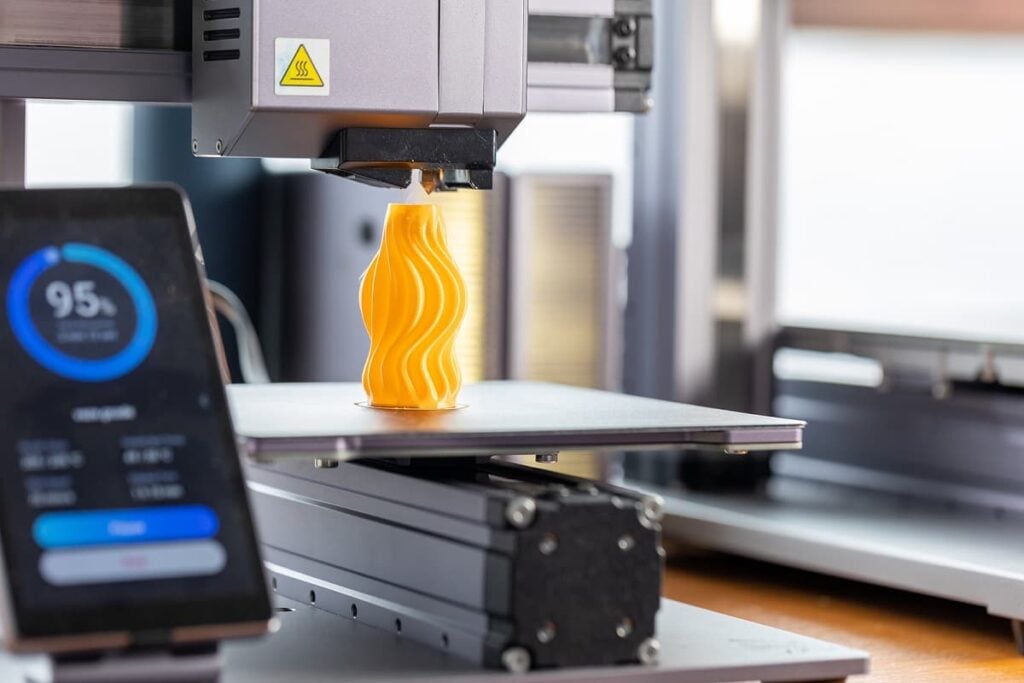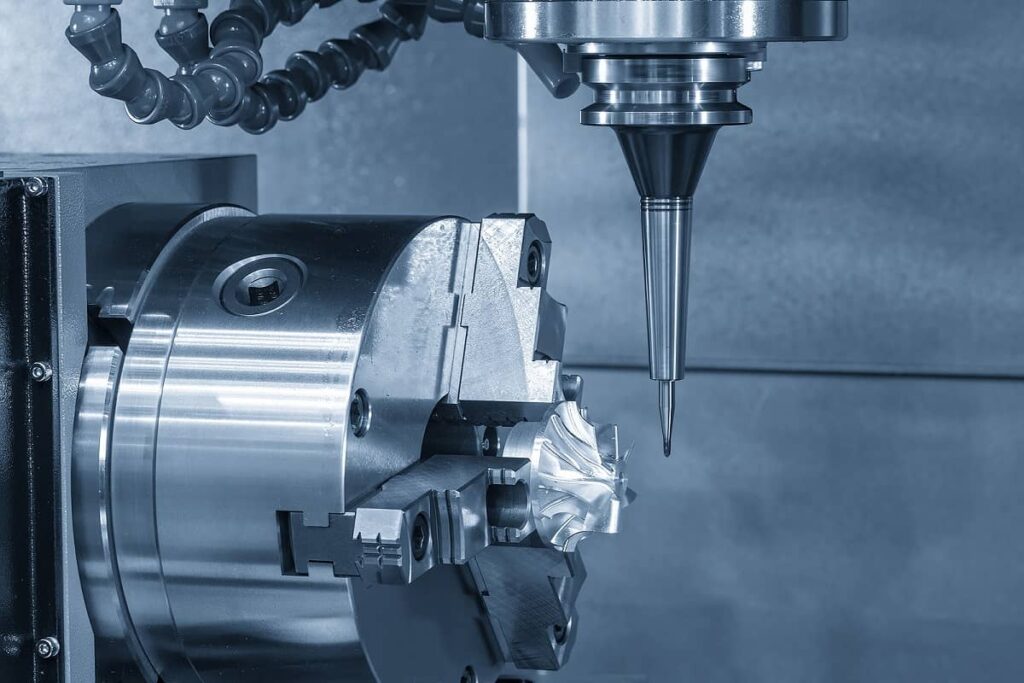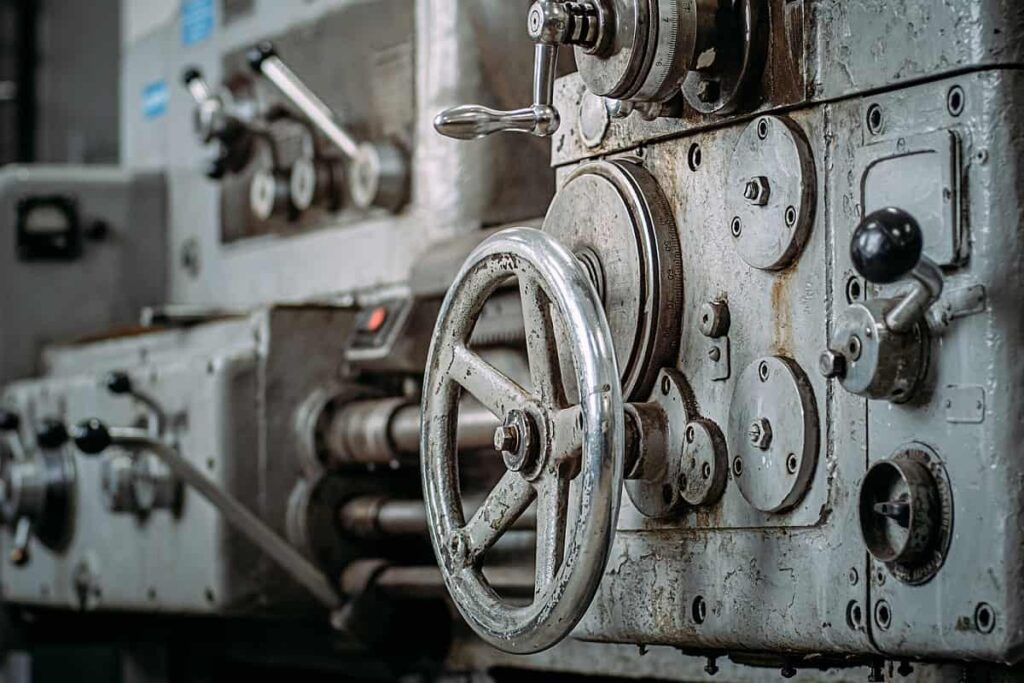3D Printing and Distributed Additive Manufacturing
Table of contents
Table of contents

Last year we took input from 4 key technology thought leaders and created a list of 30 emerging technologies that technology investors should be aware of. One of these emerging technologies was “distributed manufacturing” which Scientific American described as a process where “the raw materials and methods of fabrication are decentralized and the final product is manufactured very close to the final customer”. One thing that comes to mind as perhaps the ultimate form of distributed manufacturing would be 3D printing (also called additive manufacturing). How much closer to the manufacturing process can you get when the product is produced in your garage? That’s the sort of hype that originally propelled 3D stocks to the stratosphere before settling back down to more realistic valuations. There are only so many utensils or plastic Star Wars figurines you can print before you start to think that we’re still a long way away from the Star Trek replicator.
Right now there are over 60 UPS stores around the U.S. where you can 3D print whatever sorts of plastic things you like. However, the usefulness of 3D printing as a service is limited when you only think of plastic. With metals though, we can then start to think about industrial uses. Ever see one of these aisles in the home improvement store?
Why can’t we just have a metal 3D printer spit those nuts and bolts out on demand? That would help the store owner save on inventory costs along with retail space. The reason we can’t replace that aisle with a 3D printer is because it’s still too costly to print such a basic metal part, not to mention how long it would take. American consumers want things yesterday. While nuts and bolts may not benefit from distributed additive manufacturing, what about things like car parts? Rather than produce and store auto parts to distribute to auto parts stores, why not print the parts on location?
What we seem to be waiting for is “distributed additive manufacturing which used to be called a “3D printing bureau” and using the lingo of today would be “3D printing as a service” (3DPaaS). This would be firm where companies could send their parts specifications to, and then be sure that what comes out the other end meets agreed upon quality specifications. Since there are no barriers to entry, everyone could easily create this business model by just buying a few metal 3D printers and setting up a website that accepted standard format 3D printing files. Indeed, everyone appears to have done just that by the looks of this “Rapid Prototyping and 3D Printing Service Bureau Directory” which lists 600+ companies around the world that offer 3D printing as a service. What we need now is some consolidation, or more likely, the emergence of a single dominant player who just steamrolls everyone else through reputation and the ability to scale. One contender should already be a familiar name to 3d printing investors.
Stratasys
If a stock by the name of Stratasys (NASDAQ:SSYS) makes you wince, it could be because you purchase shares at the end of 2013 when 3D printing hype peaked and now you’re sitting on losses of -79%. Why? Well, this $1.4 billion 3D printing darling was out of the gates with amazing revenue growth up until 2015 when growth slipped and continued slipping:
The drop in sales was blamed on “weak investment in capital equipment by customers within key verticals, as well as difficult macroeconomic conditions in certain global regions” which makes little sense if, in fact, 3D printing is the panacea to that old bulky method of traditional manufacturing. The real explanation can probably be found somewhere in the Gartner Hype Cycle where we can see that we’re now starting to ascend the slope of enlightenment as seen below:

While Stratasys is working to control costs across their business, in 2015 they brought online “Stratasys Direct Manufacturing” or SDM which is now the largest 3D printing bureau in North America. This was a result of 3 acquisitions that Stratasys made (Solid Concepts, Harvest Technologies with RedEye) which allowed them to “establish a single leading full service provider of additive and custom manufacturing services across North America and beyond“. If you’re a believer in “distributed manufacturing” then this should be something that makes investors take a good hard look at Stratasys as perhaps the future leader in this space. So how big of a business is this for SSYS?
In 2016, “services” represented 28.7% of total revenues as seen below:
That “services” category can be a bit misleading because Stratasys also includes in that category servicing and maintenance contracts from clients who purchased their 3D printers. While SSYS does not split out SDM revenue, they did say that between 2015 and 2016, SDM revenues slipped by around 6%. They may just be working the kinks out as they move to becoming more of a “customer-centric organization” and “expanding collaborations with key global manufacturing companies“. As they fight their way towards becoming a profitable business, it’s worth noting that “3D printing as a service” is quite profitable with the past 3 years seeing profit margins of 33% and upwards.
There’s a lot of academic discussion on the subject of distributed manufacturing because admittedly, there are simply a lot of elements that must come into play to make it work. To make the system work, a platform must exist to help designers, artists, makers, factories, fabricators and more importantly customers, find each other. The right legal environment must exist for making contracts enforceable or protecting intellectual property. The right 3D printers and materials must be available to churn out products exactly according to specifications. A manufacturing ecosystem must exist propped up by information technology that can seamlessly work together. And, most importantly the right business model is applied.
Stratasys isn’t alone when it comes to offering distributed additive manufacturing.
3D Hubs
3D Hubs is a startup based in Amsterdam founded in 2013 which is so far the closest emulation to the meaning of distributed manufacturing. It has already completed $11.5 million from 3 rounds of funding to apply 3D printing to sustain a distributed manufacturing model for anything that can be made from injection-molded plastic or metal. Take note, injection-molded plastic alone from which most miniature models and toys are made will have a market value of $162.1 billion by 2020. 3D Hubs claims a network of 6,370 printing services in 150 countries which are said to provide over 1 billion people with access to a 3D printer within 10 miles of their home. That’s a good thing too, because the next thing on Maslow’s Hierarchy of Needs after food/shelter/water is the ability to 3D print useless plastic trickets on demand within a close proximity to your home or makeshift shelter.
The 3D Hubs business model caters to individuals or companies with no production facilities and need to generate working prototypes or small production runs. It’s like outsourcing for prototyping and production. If you have a digital copy of your design (.OBJ or .STL formatted files), you can upload it to 3D Hubs. Next, you choose the material from general-purpose plastics, industrial alloys to engineering-grade metals and then choose from a list of 3D printing services available in 160 countries to print the “real thing”. This can be a dream come true for those of you wanting to design drones, robots or even your own version of those Justice League or X-Men characters. For big manufacturing companies looking to decentralize their manufacturing, 3D Hubs can also help. They provide distributed manufacturing for Boulanger, a large retailer and manufacturer of electronics in France along with leading industry firms such as Tesla, GE, Honeywell, Goodyear, and Texas Instruments. They can do that at scale too, having created 20,000 phone accessories for Fairfield, an international phone manufacturer.
Conclusion
As we mentioned earlier, there are well over 600 different firms trying to play in the “3D printing as a service” business because there are no barriers to entry. Literally anyone can start one up. The idea of distributed manufacturing is all about efficiency, reduced delivery times, and extreme customization. This all translates to a better buying experience for the customer, in particular, the customization aspects. While it’s debatable if distributed additive manufacturing ever takes off like it was envisioned to remains to be seen, but if you think it will, then an investment in Stratasys may well be a good way to play that theme.
Sign up to our newsletter to get more of our great research delivered straight to your inbox!
Nanalyze Weekly includes useful insights written by our team of underpaid MBAs, research on new disruptive technology stocks flying under the radar, and summaries of our recent research. Always 100% free.



















I’d like to hear your take on this series critical of investing in 3D printing:
https://seekingalpha.com/article/2142043-3d-printing-debunked-part-1-consumers
https://seekingalpha.com/article/2146183-3d-printing-debunked-part-2-industries
Thank you for sharing those wije. Excellent articles and kudos to the author for really digging into the material.
The first article seems spot on which is why 3DP is now pivoting towards “distributed manufacturing” as opposed to “a 3D printer in every house”.
The second article looks at 3DP as being generally applicable to rapid prototyping as opposed to mass production. That’s been the case so far but with the advancements in 3DP technology like CarbonX, how long will it be until it becomes economically viable to use 3DP for producing lots? The focus needs to be on metal because that’s where the value add is. We keep going back to the “car parts” example. There have to be many metal parts that could be 3D printed on demand as opposed to shipping them from a giant warehouse every time a mechanic requests an obscure car part.
We were talking to 3D Hubs and they claim to be doing large production runs for big clients in Europe now. We’re going to do a deep dive on them and get a whole bunch of use cases to see how mature this is. We originally assumed they were doing no manufacturing and they were quick to correct us.
Thank you for your comment. Very insightful.